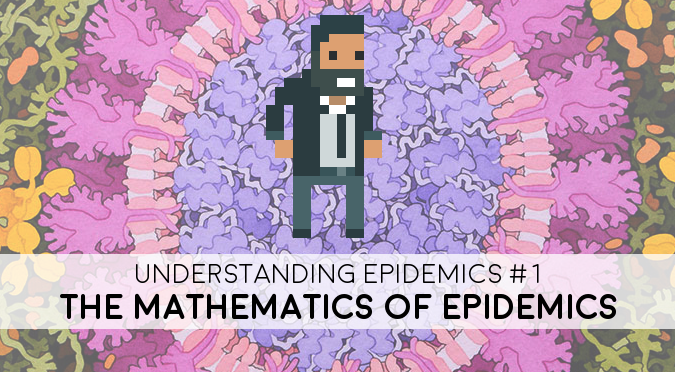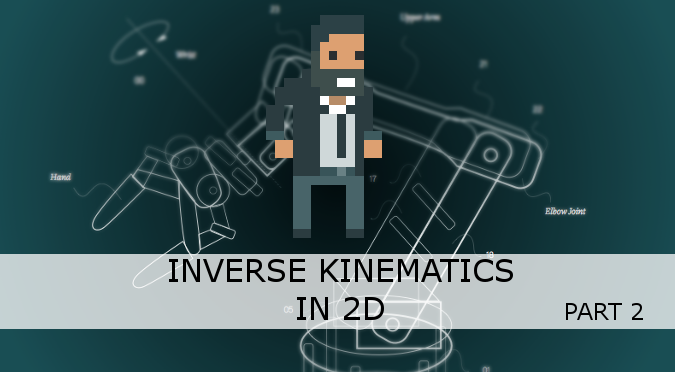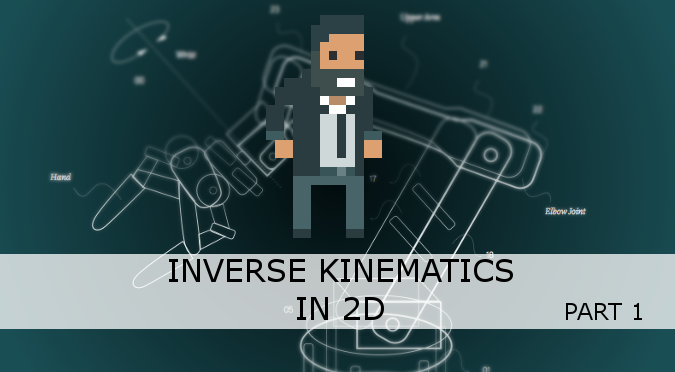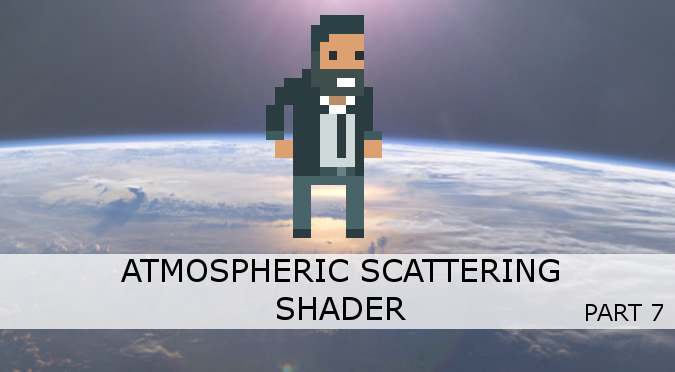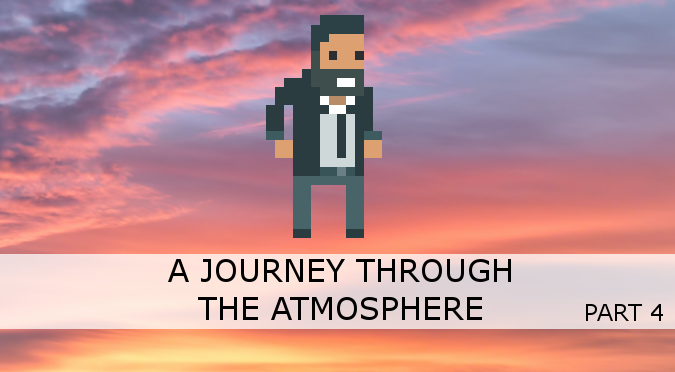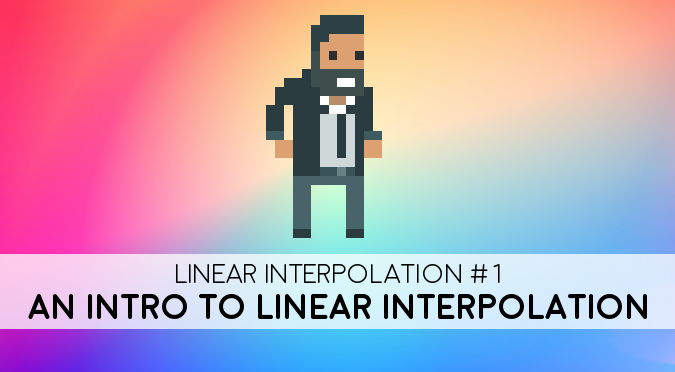
This tutorial will explore one of the most used Mathematical tools in Game Development: linear interpolation! This first post will focus on its Mathematical definition and implementation. The following parts of this series will explore how to extend linear interpolation to non-linear mappings, and how to use them to correct colour curves.
- Part 1: Linear Interpolation
- Part 2: Piecewise Interpolation
- Part 3: Color Curve Correction
You can find a link to download the C# scripts and the Unity package used at the end of this post.
Continue reading
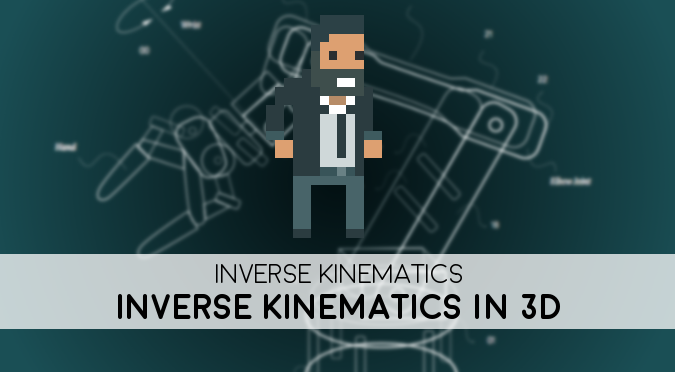
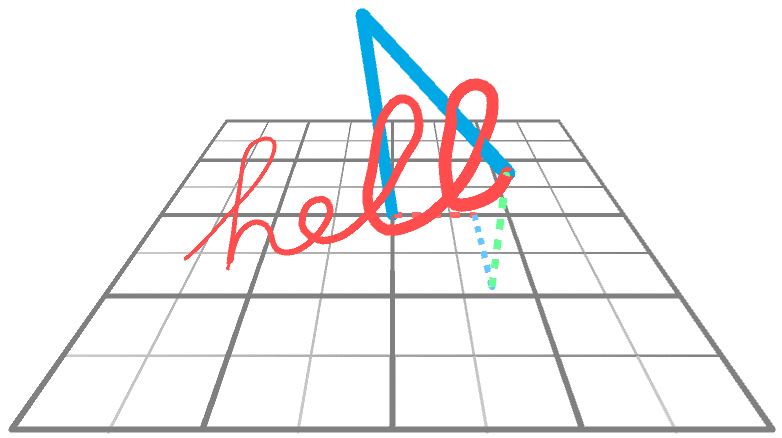

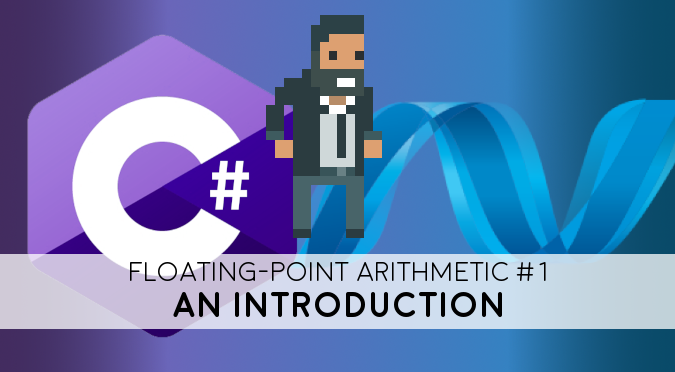

 All the revenue made from this article through
All the revenue made from this article through 